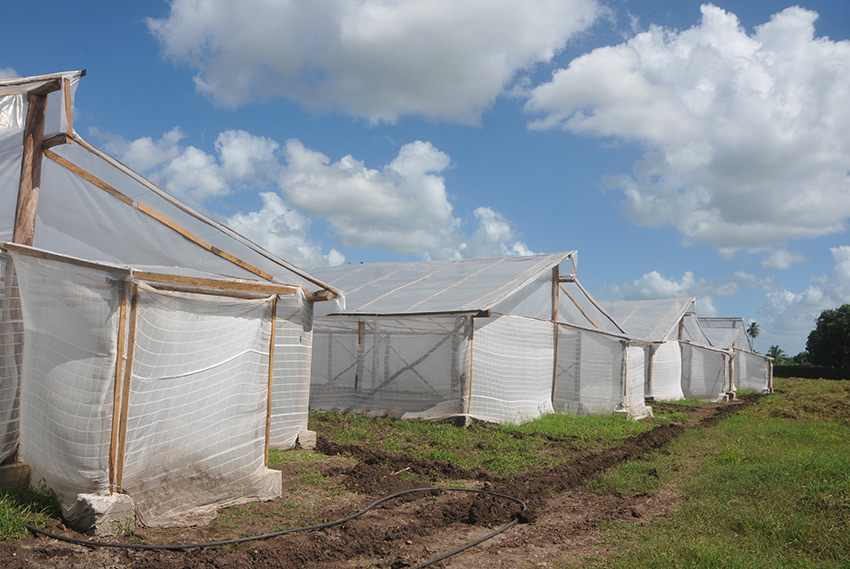
The construction of four rustic farming houses in the municipality of Majibacoa is one of the actions by which the Las Tunas Agroforestry Company is committed to save import resources amid financial stress and guarantee the production of vegetables.
Majibacoa, Las Tunas.- Agriculture has resorted to this initiative from local inputs, mainly with wood, because it is cheaper compared to typical farmhouses and they are also more resistant to the impact of strong winds and prolonged rains.
 Intending to promote this technology, Yunier Pérez Olano, head of the Department of Agricultural Engineering in the Provincial Delegation of the Ministry of Agriculture, informed that, by the end of this month, in the Majibacoa Integral Farm four facilities of this type will be completed and will be put into operation.
Intending to promote this technology, Yunier Pérez Olano, head of the Department of Agricultural Engineering in the Provincial Delegation of the Ministry of Agriculture, informed that, by the end of this month, in the Majibacoa Integral Farm four facilities of this type will be completed and will be put into operation.
"At the same time that the construction work is being carried out with the placement of the roofs and sides, the manager said, the conditions are also set for the preparation of the soils with the transport of organic matter so that growing vegetables will start the next month.
This experience was put into practice here last year in the community of San Gregorio, located in the provincial capital, with the construction of four rustic houses. The facilities that are built on the farms of advanced producers have the aim that nearby farmers can see the benefits and opt for the possibility of using such a variant.
In this eastern province, the aspiration is to close 2021 with a total of 16 rustic farmhouses. For this, together with the four in Majibacoa, another two are being built in the Aeropuerto distribution, in the capital city, which are already in the stakeout phase and should be completed by the end of next July. "For the construction of the remaining 10, a survey is carried out based on the availability of local inputs," Pérez Olano reported.
The new technology will help to first produce seedlings in a controlled way and later the vegetable harvest. Guaranteeing the increase, between three and five months, of the agricultural yield compared to open field cultivation, improving the quality of the product, increasing the rationality in the use of resources, and less affectation of pests and diseases are some benefits obtained with the use of these facilities.





